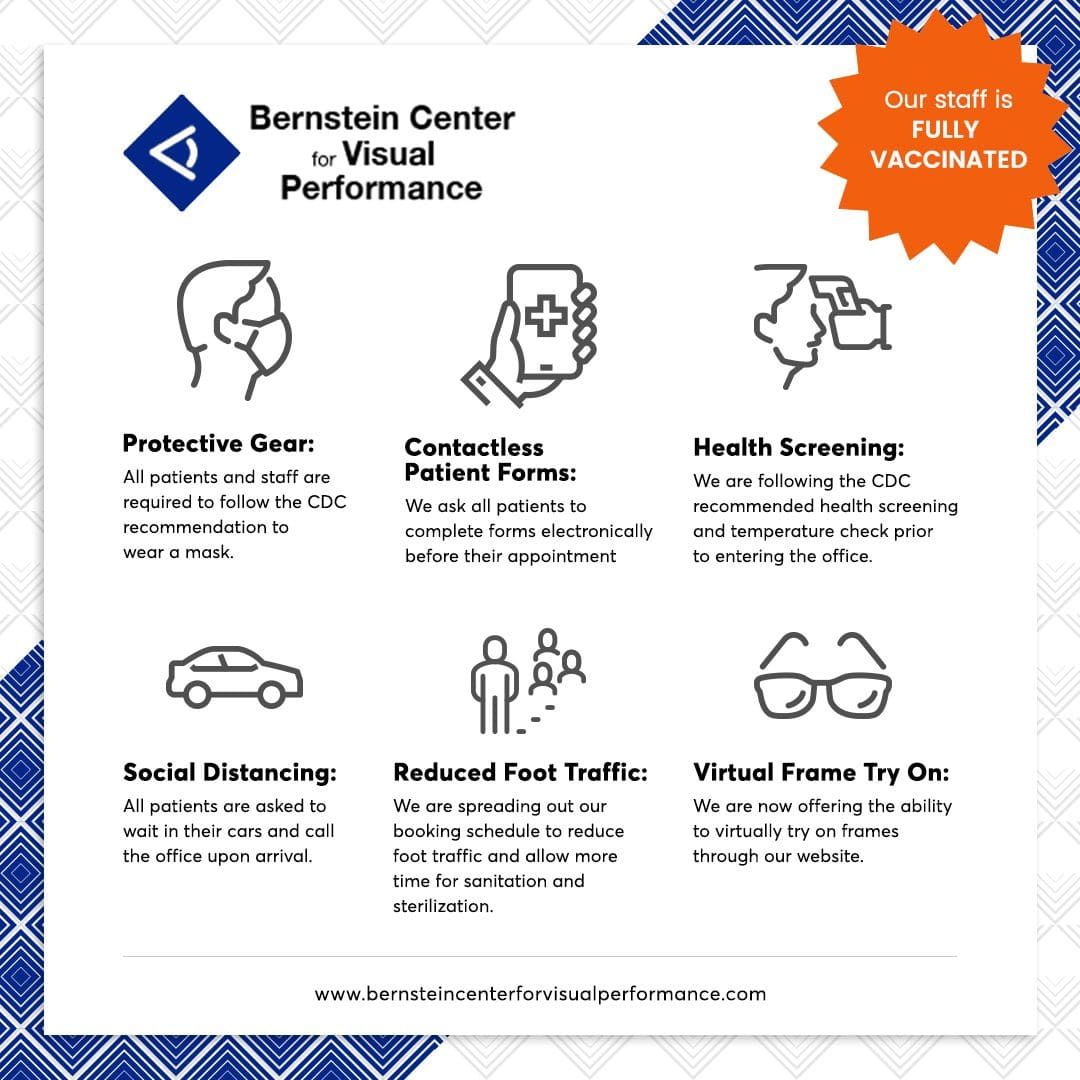Frequently Asked Questions
Optometric vision therapy, sometimes called vision therapy, vision training or VT, is that part of optometric care devoted to developing, improving, and enhancing visual performance. In vision therapy, a sequence of activities individually prescribed, supervised, and monitored is established for each patient to develop age-appropriate visual skills and visual information processing ability which are necessary for reading and learning. There are more than 250 different exercises - the treatment program for each person is different and they typically will use only some of the exercises. (learn more about Vision Therapy)
Behavioral Optometrist and Developmental Optometrist are titles that are used interchangably to describe a board-certified eye doctor who is also trained in diagnosing and treating visual dysfunctions that affect everyday living. This not only involves healthy eyes with clear eyesight but also the many other visual skills related to learning and reading that are usually not tested in a routine eye exam or vision screening. These include eye aiming, eye coordination, teaming, focusing, eye movement control, eye-hand coordination, visual-motor integration, and visual-perceptual development.
There are three key systems involved in effective visual performance. The Visual Information Gathering System (eyes), The Visual Information Processing System (brain), and Visual Motor Processing System (how we translate vision into writing and drawing). These are referred to as VIGS, VIPS, and VMPS. A deficit in any of these systems can lead to significant vision and learning problems. (learn more about Visual Performance)
The Bernstein Center for Visual Performance is an Out-Of-Network Provider. Patients are responsible for payment at the time services are rendered. We will provide you with a statement with a medical diagnosis code(s) and procedure codes at the completion of the initial evaluation. This statement can then be attached to an Out-Of-Network claim form and submitted to your insurance carrier for reimbursement. Patients are responsible for submitting their own claims. We can also provide a letter of medical necessity if needed. Please contact us with any insurance questions at any time.
Not necessarily. Just like the 20/20 eye test only measures vision at 20 feet, glasses and contact lenses (for the most part) are designed to correct your vision at 20 feet. People read at 12-18 inches, and must use both eyes together to accomplish it smoothly. Glasses may be a part of treatment - but alone they typically will not solve binocular vision problems.
Binocular vision is the ability of both of your eyes (independently and together) to process visual information effortlessly with no discomfort - subconsciously or consciously. Binocular vision allows us to see in 3-D, judge distance and spatial relationships, and refocus our eyes from near to far - and vice versa. Binocular vision also allows us to see clearly at close distance - a major reason why people (and particularly children) with binocular vision problems have difficulties reading, writing, and learning (more about Vision and Learning)





